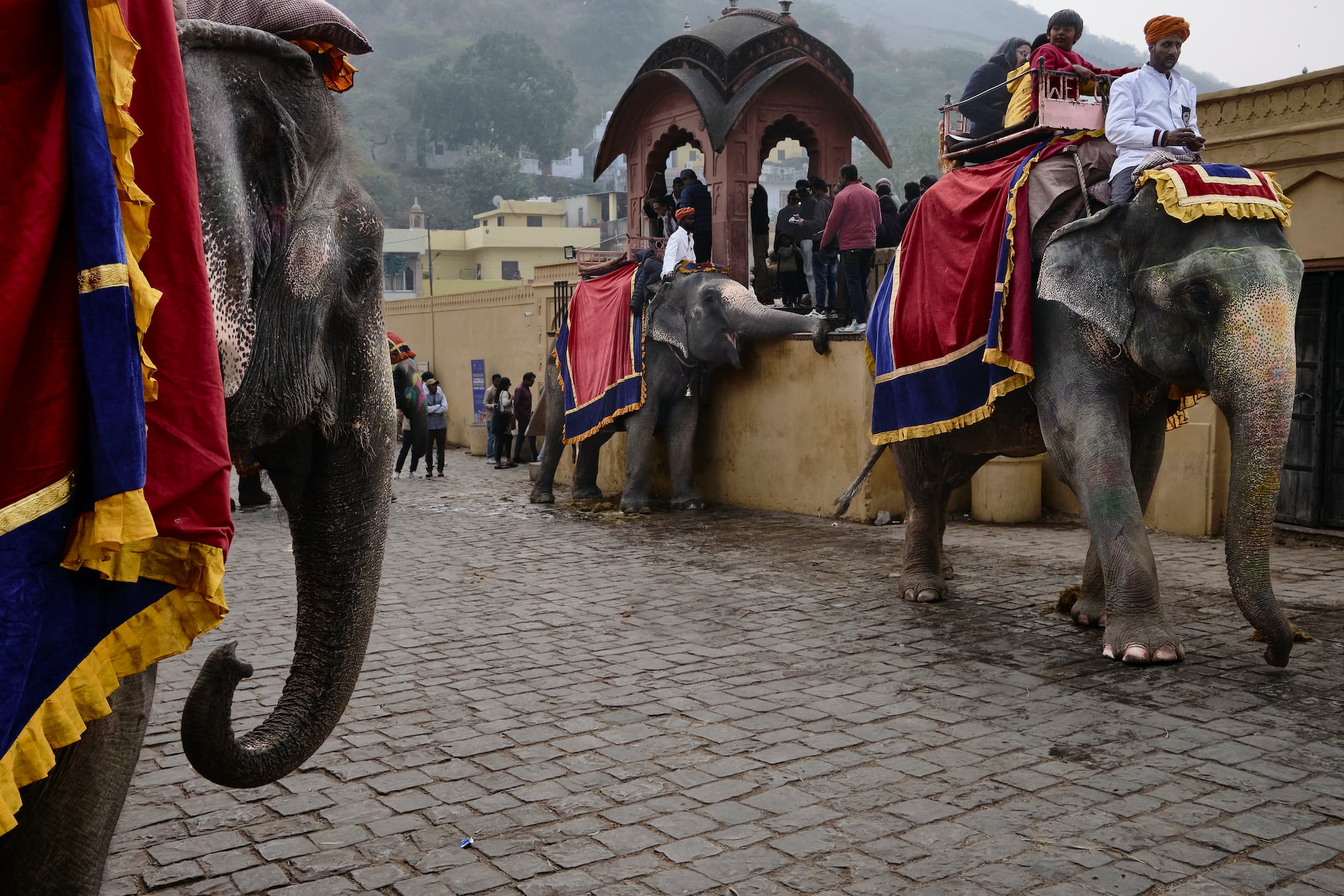In Jaipur, India, elephants once revered as sacred symbols of strength and spirituality now find themselves at the center of a controversial tourism industry. Each day, decorated elephants carry tourists up to Amber Palace under the hot Rajasthani sun, navigating through heavy traffic and noise before returning exhausted to their sanctuaries. These animals, guided by their lifelong keepers known as mahouts, symbolize a deep cultural heritage but now endure demanding work that takes a toll on their physical and emotional health.

India is home to the largest population of Asian elephants, with around 27,000 across the country. In northern regions like Rajasthan, elephants no longer exist in the wild and live entirely in captivity. While sanctuaries were originally created to protect injured or rescued elephants, many have evolved into commercial attractions offering rides, photo opportunities, and feeding sessions. According to government reports, tourism makes up about 15% of Rajasthan’s economy, and the demand for elephant experiences has only grown—often at the expense of the animals’ welfare.

Animal welfare organizations have raised serious concerns about the treatment of these elephants. The World Animal Protection report Elephants. Not Commodities. warns that labeling them as domesticated is misleading, as they still retain their natural wild instincts. Instead of being truly cared for, many undergo harsh training to ensure obedience and performance for tourists. What was once a symbol of reverence and harmony between humans and elephants has now become a troubling reflection of exploitation driven by the pressures of modern tourism.